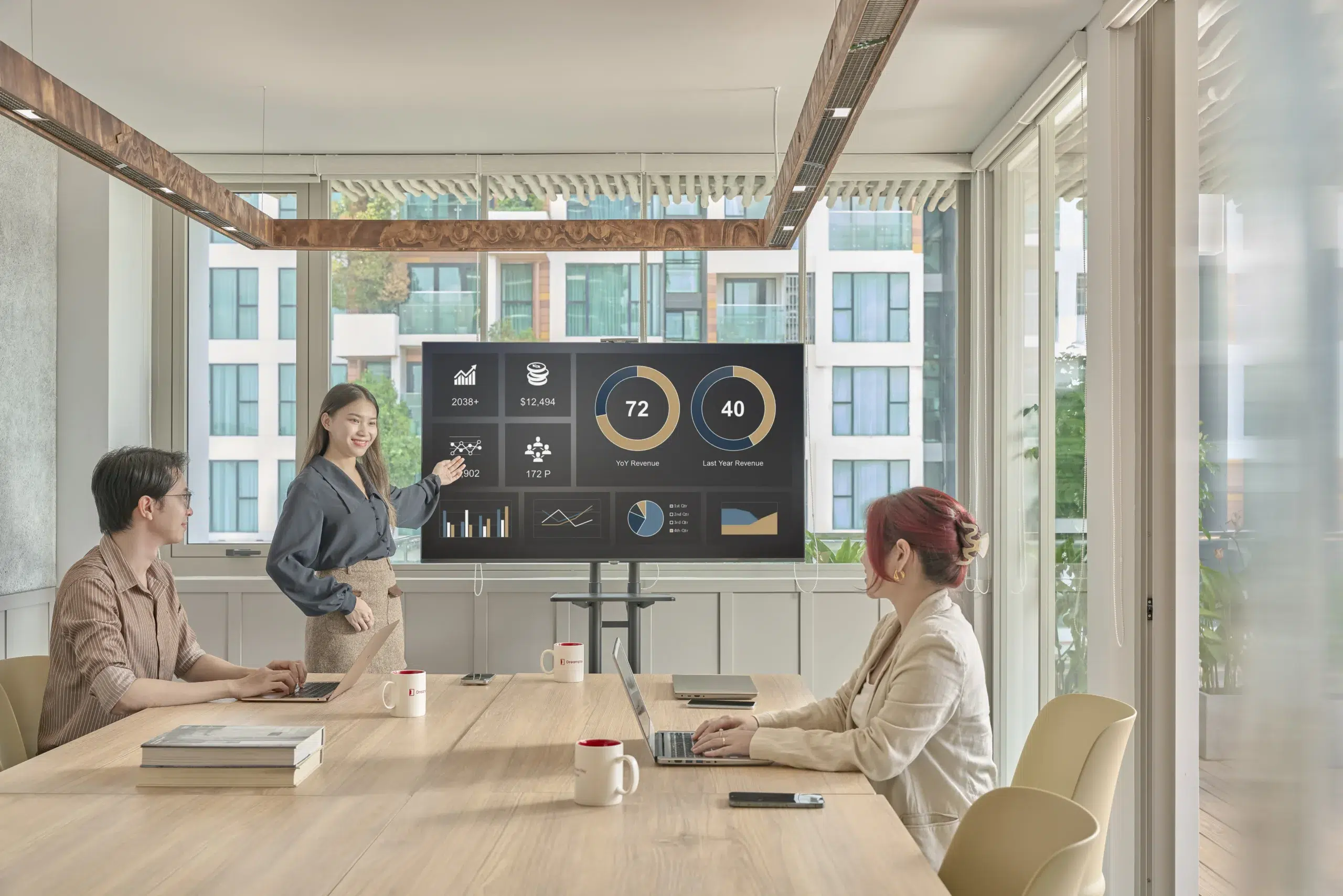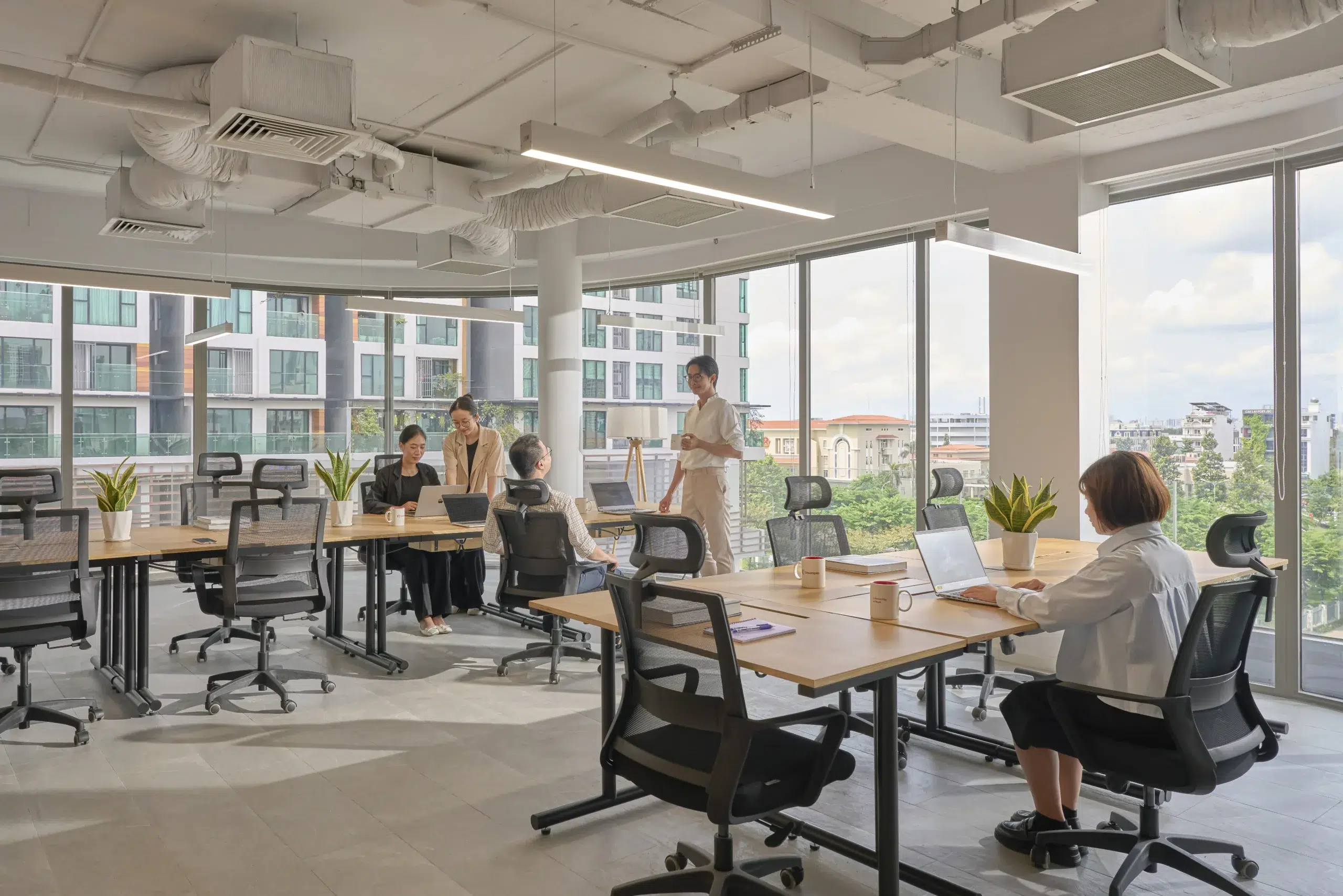
In the cost-conscious landscape of 2026, every line item is under scrutiny. But when it comes to real estate, many leaders are still making decisions based on an obsolete metric: base rent per square meter.
As companies navigate the shift to hybrid work models and face pressure to retain talent – especially gen Z, “cheap rent” often translates to “expensive inefficiency.”
A traditional lease might look affordable on paper, but once you factor in CAPEX (Capital Expenditure) for fit-outs, hidden operational costs, and the “vacancy tax” of paying for empty desks on hybrid days, it becomes a financial drain.
That’s why Dreamplex created this 2026 Office Budgeting Tool. It’s not just a calculator; it’s a strategic framework for Country Managers, CEOs, CFOs, and HR and Operation leaders to uncover the Total Cost of Occupancy (TCO) of their next office, before they sign on a dotted line.
Businesses today are scaling faster and operating leaner than ever. Hybrid teams, shifting headcounts, and shorter project cycles have made traditional leases feel rigid and costly.
And yet, when companies compare their workspace options, they often rely on incomplete data. The base rent looks good — but the total cost of occupancy can tell a very different story.
Without a full picture, even experienced decision-makers can underestimate their real spend by 20–30%, especially when indirect expenses are involved.
Most teams only budget for rent. But rent is just one line item in a much larger equation. Our Office Budgeting Tool exposes the hidden financial leaks in a DIY office model:
These are the hidden costs that add up over months and years – and often push a company’s total spend far beyond what they planned.

The tool breaks your workspace investment into three strategic buckets, allowing you to compare a traditional lease vs. a flexible office solution like Dreamplex side-by-side.
1. Property costs (the Base Rent)
2. Operational Expenses (OPEX)
3. Upfront Investments (CAPEX)
Whether you’re choosing between two traditional leases or comparing them against a Dreamplex office, the tool shows exactly where your money goes — and where you can save.
Of course, not every ROI is visible on a spreadsheet.
A well-designed workspace directly impacts how your people feel, collaborate, and perform. It influences recruitment, retention, and company culture – all of which have tangible business value.
While the tool calculates the hard numbers, the 2026 Budget must also account for Employee Experience (EX). A “cheap” office that frustrates employees with poor Wi-Fi, lack of meeting rooms, or uninspiring design has a tangible cost: Productivity Loss and Attrition.
When you choose a workspace that balances financial efficiency with human experience, you’re not just cutting costs — you’re investing in sustainable growth.

Office decisions shouldn’t be based on guesswork. Don’t let hidden costs derail your 2026 strategy.
With the Dreamplex Office Budgeting Tool, you can clearly see what you’re really paying for — and what value you’re getting in return.
Before you sign your next lease, take ten minutes to do the math. It could change the way you think about office costs forever.
Private when you need focus. Open when you need energy. Human, always.
We create “A Better Day at Work” that perfectly meets the needs of fast-growing companies that understand that their young employees expect more from their workplace.
Well-designed private, branded offices, 5-star hospitality-level care, and a savvy c help those companies attract, engage, and retain Millennial and GenZ talent in Vietnam.
Dreamplex has 5 locations in Ho Chi Minh City, 1 in Hanoi, and looks to expand further in 2026 to create a better workplace for even more people-centric companies and their employees. Companies like Tiki, AIA, Sky Mavis, Samsung, and more trusted Dreamplex to offer the best office for their teams.
WE CREATE A BETTER DAY AT WORK.